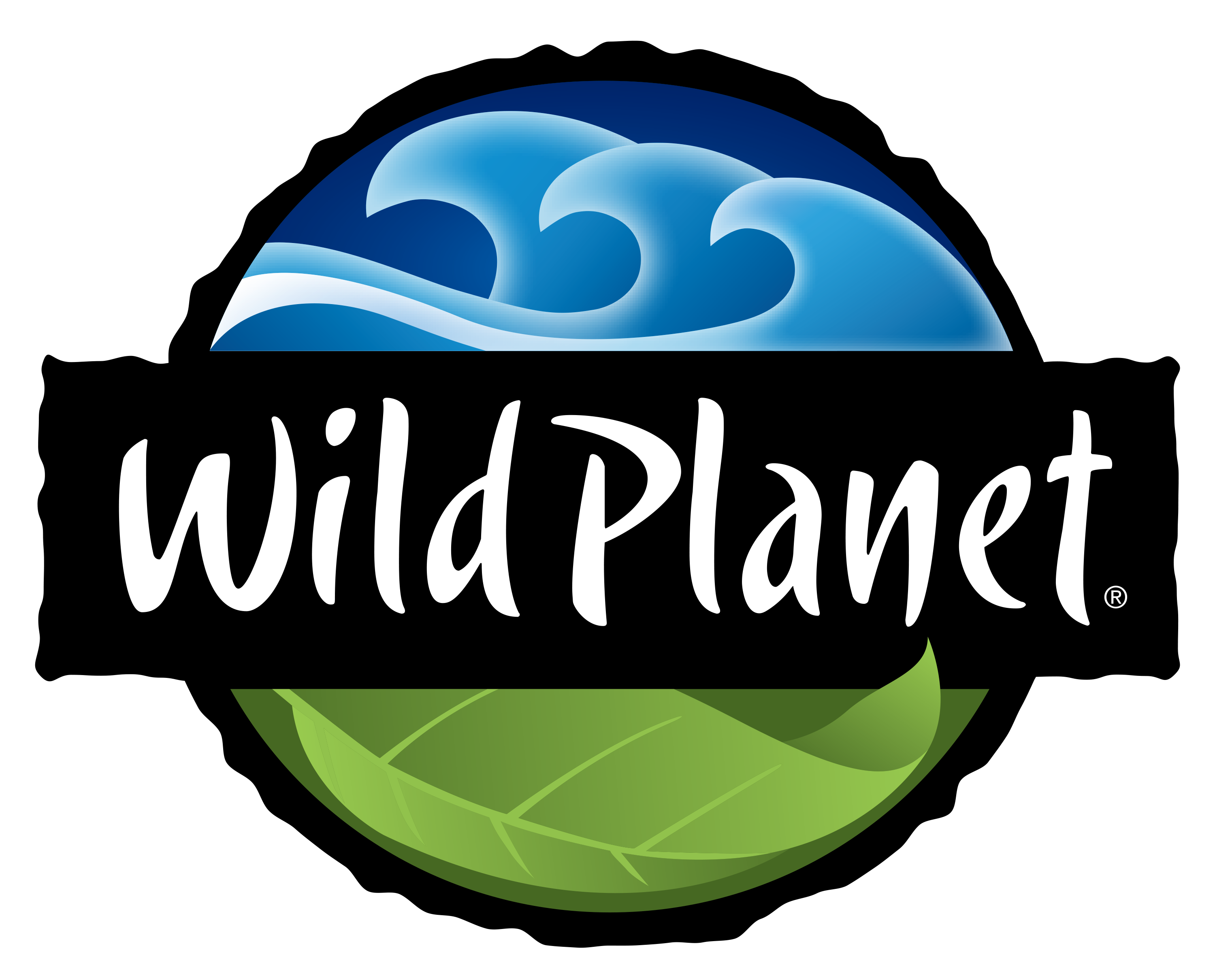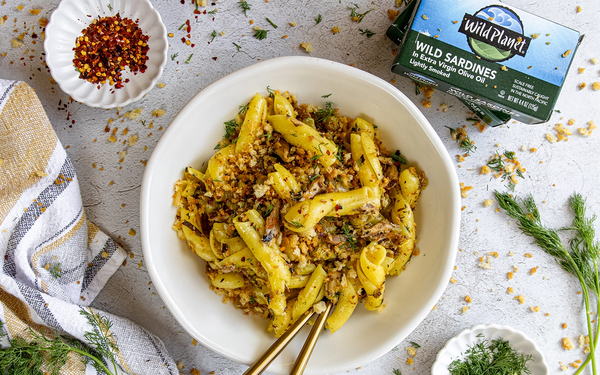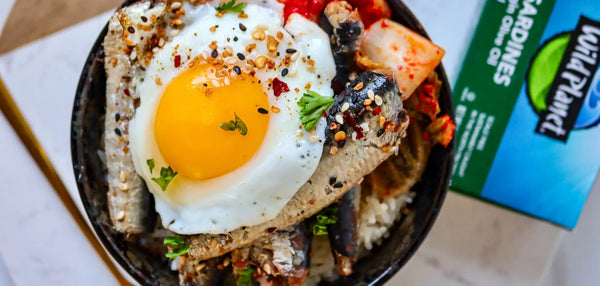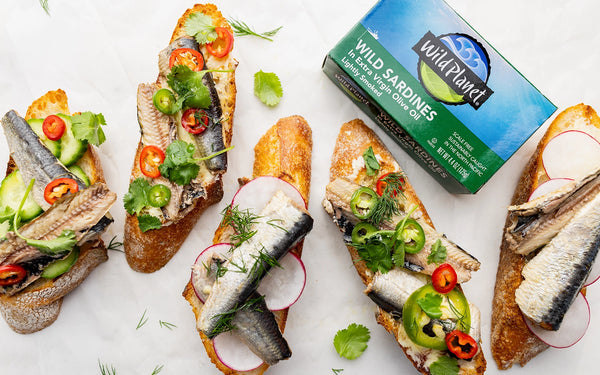
Pregnancy brings countless nutritional considerations. Among them, omega-3 fatty acids are recognized as important nutrients for fetal development, according to the American College of Obstetricians and Gynecologists (ACOG). Sardines offer a practical, mercury-safe way to include these nutrients in your pregnancy diet.
As an expectant mother, you're likely looking for food choices that support both your family's nutrition and environmental sustainability. At Wild Planet, we provide nutrient-dense seafood while protecting ocean ecosystems through responsible fishing practices.
Wild-caught sardines offer a sustainable source of omega-3s and other nutrients. Let's explore why these small fish can be a valuable addition to your pregnancy nutrition plan.
Understanding Omega-3 Fatty Acids During Pregnancy
Omega-3s are essential fatty acids—meaning your body cannot produce them. They must come from your diet. During pregnancy, these nutrients play several roles:
- Contributing to fetal brain and eye development
- Supporting cellular health
- Helping with nutrient absorption
- Contributing to overall maternal health
The Three Types of Omega-3s
- ALA (alpha-linolenic acid): Found in plant sources like flaxseed and walnuts. Your body can convert small amounts to EPA and DHA.
- EPA (eicosapentaenoic acid): Found in seafood. Plays a role in supporting cardiovascular and immune health.
- DHA (docosahexaenoic acid): Found in seafood. Particularly important during pregnancy as it's a structural component of the brain and eyes.
While plant sources provide ALA, seafood delivers pre-formed EPA and DHA. Among seafood options, sardines stand out as a low-mercury choice rich in these omega-3s.
Why Consider Sardines During Pregnancy
Nutritional Profile
A serving of sardines provides:
- 18g complete protein with all essential amino acids
- EPA and DHA omega-3 fatty acids
- Vitamin D for calcium absorption
- Vitamin B12 for red blood cell formation
- Iron to support increased blood volume during pregnancy
- Selenium, an antioxidant mineral
- Choline, which contributes to fetal brain development
Safety Considerations
According to FDA guidelines, sardines are among the "best choices" for pregnancy:
- Low in mercury: Their small size and short lifespan mean less mercury accumulation
- Pre-cooked convenience: Canned sardines are fully cooked and ready to eat
-
Shelf-stable: Easy to keep on hand for quick meals
Practical Benefits for Pregnancy
- Ready-to-eat when cooking feels challenging
- Portable protein for work or travel
- Budget-friendly compared to many omega-3 sources
- Versatile for various recipes and preferences
Safe Consumption Guidelines
The FDA recommends pregnant women eat 8-12 ounces of low-mercury seafood weekly. Sardines can help meet this recommendation:
Serving suggestions:
- 2-3 servings of sardines per week as part of varied seafood intake
- One standard can equals one serving
- Can be eaten throughout pregnancy when following food safety guidelines
Food safety tips:
- Store unopened cans in a cool, dry place
- Once opened, transfer to a sealed container and refrigerate
- Consume opened sardines within 24 hours
- Always check can integrity before use

Choosing Sardines That Align with Your Values
Many expectant mothers consider environmental impact when making food choices for their growing families. Wild Planet sardines offer a way to include omega-3s in your diet while supporting responsible fishing practices.
What makes our sardines different:
- Wild Planet sardines are sustainably caught using methods recognized by Monterey Bay Aquarium Seafood Watch that maintain healthy fish populations and minimize environmental impact.
Easy Ways to Include Sardines in Your Pregnancy Diet
Start simple with these pregnancy-friendly ideas:
Quick and easy:
- Add to whole grain crackers with lemon
- Mix into avocado toast
- Toss with pasta and olive oil
- Add to salads for protein
Recipe inspiration:
First-timer tips:
- Start with sardines in olive oil or water
- Add lemon or vinegar to brighten flavors
- Mix with familiar foods you already enjoy
- Try different preparations to find your preference

Making Informed Choices for Your Pregnancy
Sardines can be one practical option for including omega-3s in a pregnancy diet, offering these nutrients in a low-mercury, sustainable form. As with all pregnancy nutrition decisions, it's important to:
- Follow FDA guidelines for seafood consumption
- Maintain a varied, balanced diet
- Consult with your healthcare provider about your individual nutritional needs
- Choose quality sources from responsible suppliers
Wild Planet sardines provide one convenient way to include omega-3s in your diet while supporting sustainable fishing practices. Every can represents our commitment to providing nutritious seafood options while protecting ocean ecosystems for future generations.
Explore Wild Planet's sardine options to see if they might fit into your pregnancy nutrition plan.




